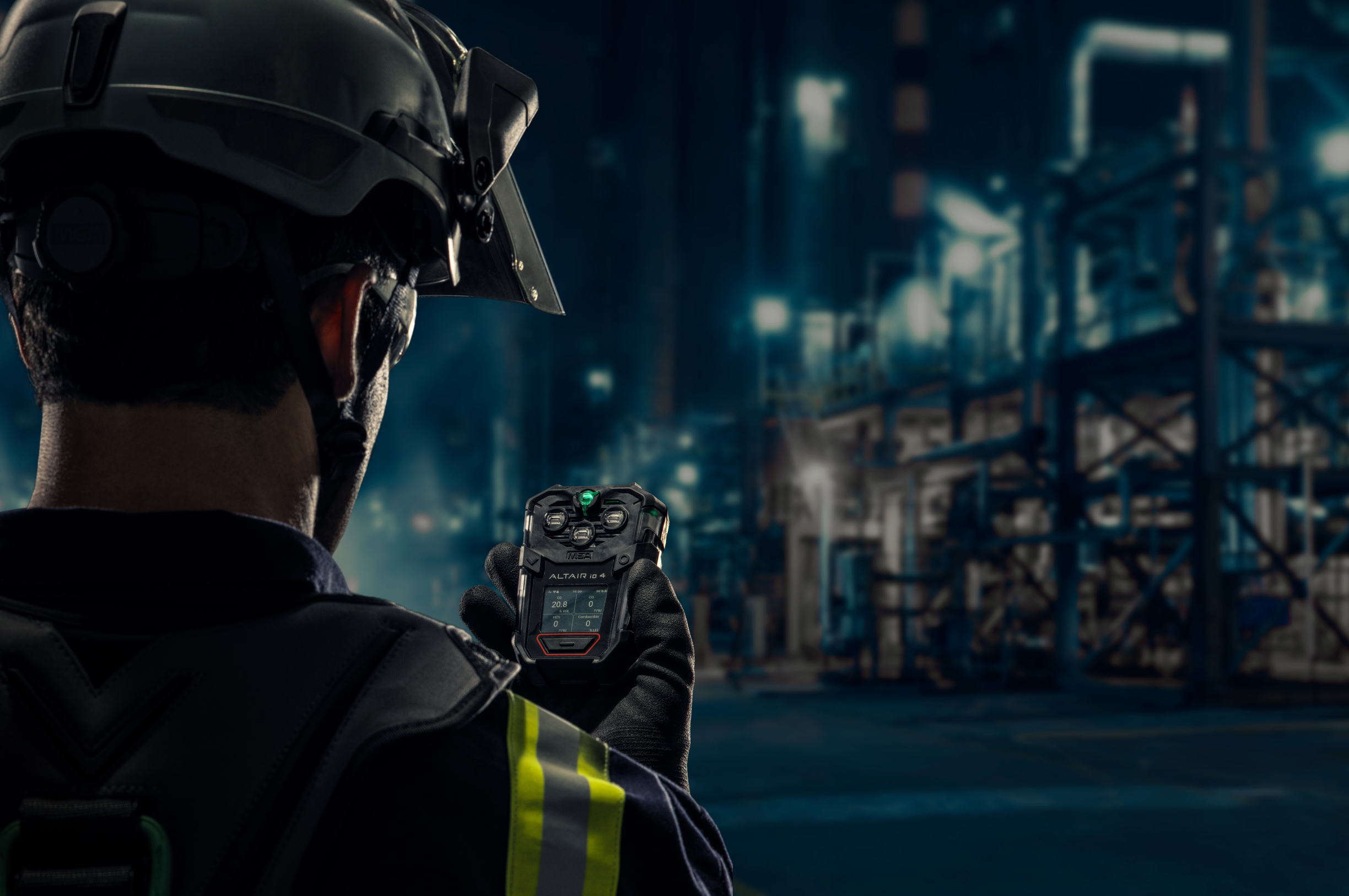
How can you manage gas detection more efficiently, economically and safely across your sites? One answer lies in ‘connected working’. Essentially, this means linking portable gas detectors, workers and managers to each other, and to a cloud-based software platform, via wireless connectivity. To maximise the resulting time, cost and effort savings, while improving safety levels, MSA suggests you consider choosing a connected system with the following five capabilities.
1. Out-of-the-box connectivity
You can save a lot of trouble and expense by choosing a system that deploys immediately – straight out of the box – with no need for additional infrastructure. Thinking ahead, consider whether you should also go for one which can be easily rescaled and modified as your needs change. Given that the related technologies and services will continue to develop, ask whether software upgrades for the system’s devices can be carried out over the air (OTA). This can help avoid downtime, as there is no need to return them to the supplier for updating.
2. Digital assignment and return of devices
Paper or spreadsheet-based processes for checking detectors out, and back in, can be time-consuming and may make safety seem like a chore. Consider whether these manual processes can also yield inaccurate or incomplete information. In an ideal connected system, a quick and simple tap of the worker’s RFID tag digitally assigns the device to him or her. When the shift is over, clicking the device into its dock returns it to the fleet. With this approach, all data gathered by the device is tied to individual users – giving enhanced accountability. It also streamlines inventory management.
3. Automated compliance
Consider choosing a system which automatically prevents assignment and use of the detector if its status indicates it is non-compliant. For maximum convenience, some detector docks are equipped to check each device for compliance and to carry out bump testing and calibration as necessary. As an extra aid, there are devices with inbuilt lights which signal compliant, non-compliant and alarm conditions.
4. Automatic recording and remote monitoring in real time
In safety management, lack of information can be a major source of risk, downtime, inefficiency and other costs. Consider looking for a connected system which automatically, remotely and accurately records all useful data and makes it clearly visible to managers in real time. This includes each device’s testing and calibration history, its ongoing compliance and maintenance status, and details of its use (and user), along with locations, gas levels, alarms and incidents. Importantly, you may want a system which can map locations and monitor data across multiple sites simultaneously.
5. Automatic generation of actionable insights
Your goals may include awareness and control, enabling instant, data-fuelled action in the event of an emergency – and, in the longer term, continuous, strategic safety improvement based on the best possible intelligence. Consider whether the right system for you is one that generates the necessary information automatically and presents it in a way that simplifies decisions.
If a leak is detected, or any other alarm is raised, consider whether the manager needs a clear, complete picture so that he or she can then assess the situation quickly and instruct workers appropriately on evacuation and other measures.
Easy availability of all relevant details can also help in incident reporting and in auditing of safety provision and equipment. For efficient detector fleet management, consider whether the system’s information should enable optimal timing of compliance and servicing interventions to minimise device and user downtime and ensure equipment remains in top condition.
For further advice from MSA on connected safety, or to read more about their products and solutions, visit www.msasafety.com/connected-work